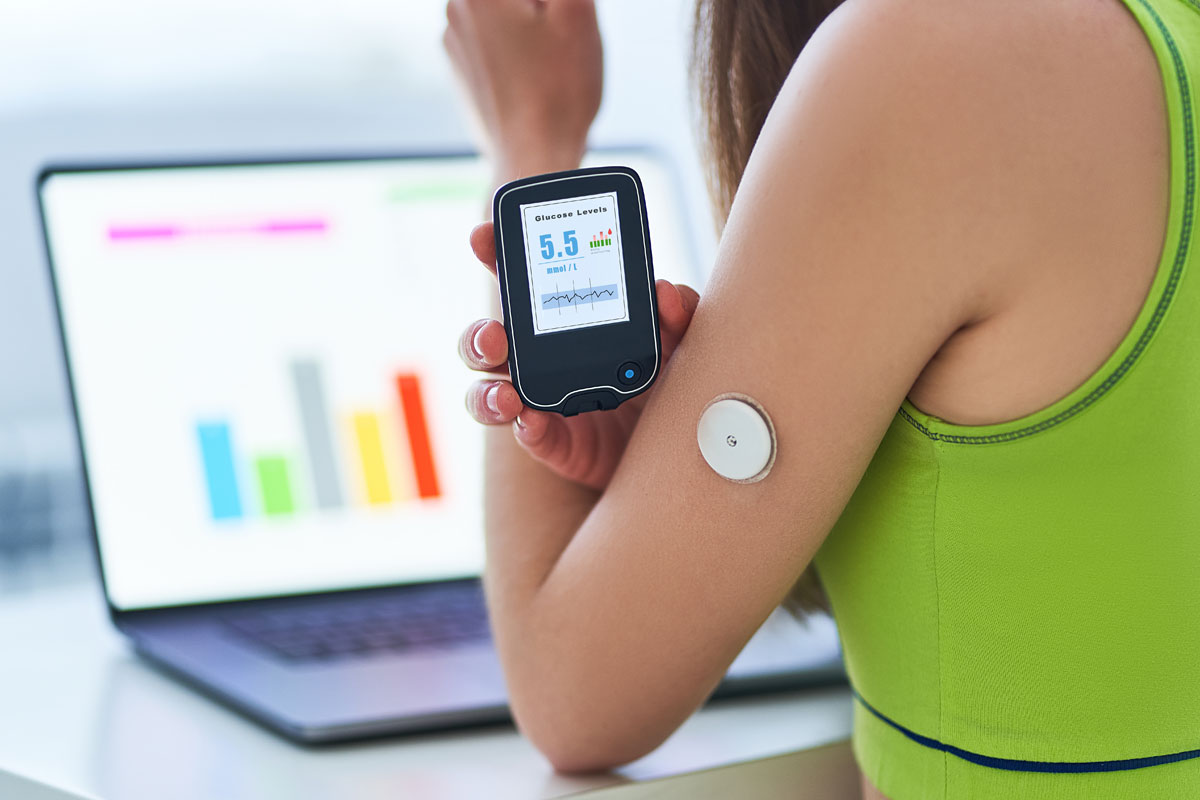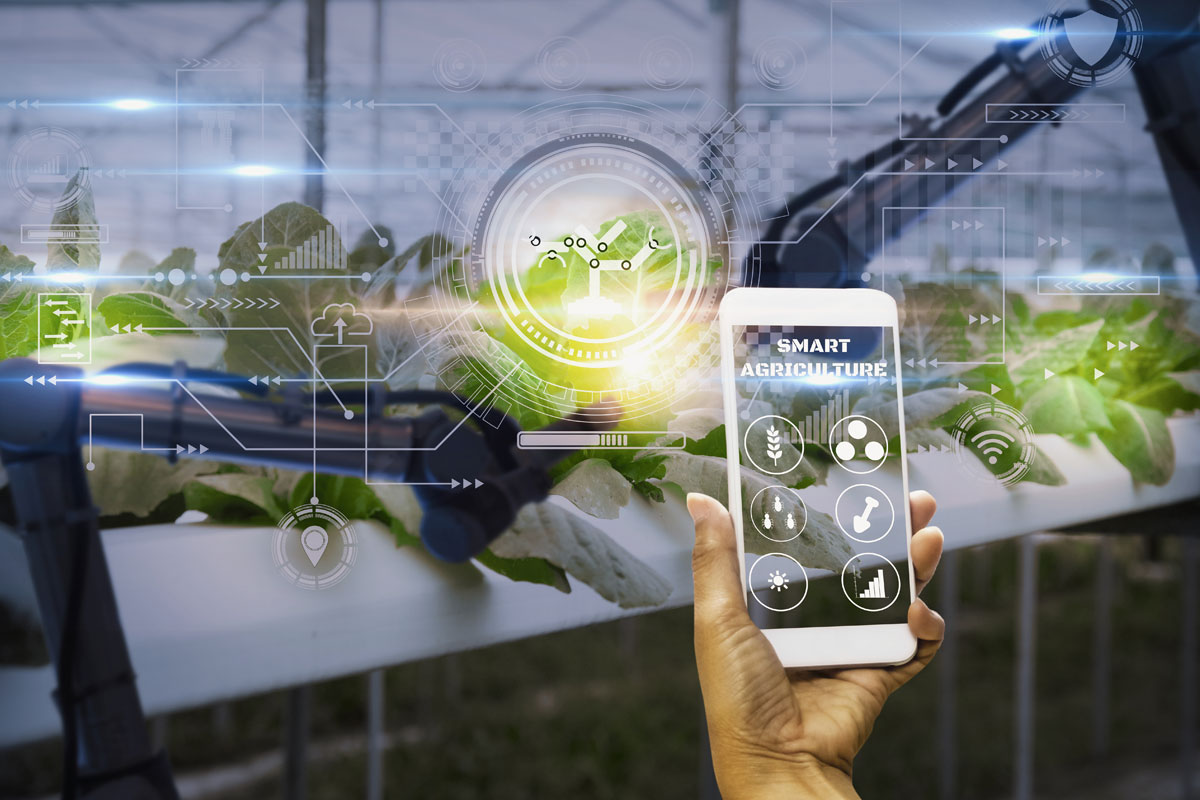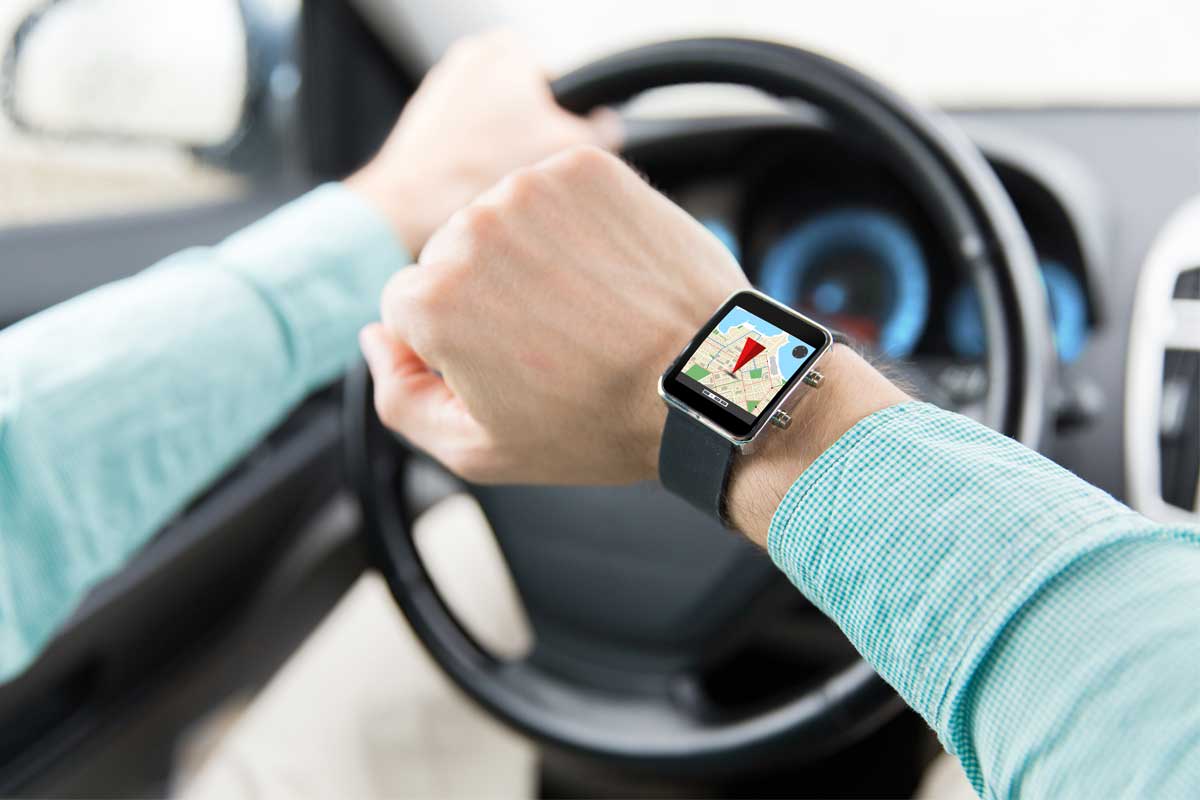
There’s no question about it: The digital revolution is real and already here. Today’s digital technologies have permeated almost every aspect of our daily life, transforming how we work, learn, seek entertainment, and socialize with friends and family.
Perhaps nowhere is the ascendancy of digital technology more evident, however, than in the proliferation of cutting-edge wearable technologies. Far beyond the ubiquitous wearables such as smartwatches and fitness trackers, though, the wearables of the future will not only revolutionize healthcare, but they’ll also shape how we interact with our surrounding, how we communicate, how we travel, and how we live our lives at home.
The Personalization of Healthcare
To be sure, wearable technologies wielded their first and perhaps most significant impacts in the arena of personal health. Medical wearable devices enhance healthcare providers’ capacity to provide truly comprehensive and personalized patient care.
Remote patient monitoring devices, for example, enable continuous monitoring of patients’ vital signs virtually anywhere the patient may be, provided the device is within range of a secure Wi-Fi® connection. In addition, these devices greatly enhance diagnostic and treatment planning processes by providing long-term tracking of the patients’ essential health data, such as documenting blood pressure, heart rate, and glucose levels over time.
The use of these telemedicine technologies promises to optimize long-term care, including supporting significant improvements in the management of the chronic disease. This is especially true for traditionally underserved patient populations, such as the elderly, the disabled, or those who live in rural areas.
Wearables and Sustainability
As critical as the role of wearables in healthcare may be, this is far from the only domain in which such technologies are already demonstrating tremendous promise. Another crucial arena in the deployment of wearable devices is of environmental sustainability.
These mobile digital devices, for example, enable users to monitor environmental conditions, including ambient air quality, to support the health and well-being of humans in the immediate environment. For instance, data derived from wearable atmospheric monitors can be used to transmit air quality alerts to vulnerable individuals or to signal the wearer to vacate the area in the face of hazardous conditions.

Further, the environmental data collected by these devices may be curated to support climatological and environmental analyses and related public policy development.
Similarly, wearable technologies can enable farmers to monitor growing conditions in real-time, allowing them to adjust watering and fertilizing practices to the exact requirements of the environment. This, in turn, can significantly reduce water consumption, waste, and overworking of the soil. These devices, in other words, can act as profoundly influential research instruments to support the creation of evidence-based sustainability initiatives.
Transforming Travel
As might be expected, the true power of wearable devices is revealed when we’re on the move. This is particularly evident when we consider wearable technologies that enable pinpoint, real-time location tracking and travel patterns and behaviors.
Such technologies, for instance, can not only enable connected persons to track the location of their children and pets, but they can also document the speed at which the wearer travels. For parents of teenagers who are just learning to drive, the ability to determine where your kids are and how they’re behaving when behind the wheel can offer enormous peace of mind–while potentially putting a check on teens’ temptation to be reckless!

However, wearable technology can do even more than this. The integration of wearable tech with automobiles means that users can enjoy a personalized experience unlike anything previously imagined. For instance, wearable tech can track the driver’s location, use drivers’ past travel data, and combine this information to recommend scenic travel routes or appealing destinations personalized to the driver’s habits and interests.
The Takeaway
There’s no question that digital technology will shape and transform our future, just as it has shaped and transformed our present. And, now more than ever, it appears that wearable technologies will play a leading role in our technological future. From revolutionizing healthcare to transforming travel to supporting environmental sustainability, the power and possibility of wearable technology may well be without limits.
How Ambiq Contributes
Smart wearable IoT devices require reliable and ultra-low-energy components to make the most of endpoint AI technology.
Since these devices continuously collect data at the edge, their processors must be able to perform these tasks on a low electrical charge. System on Chips (SoCs) such as Ambiq’s Apollo series can enable wearables to last for days or even weeks on a single charge.
Built on our patented Subthreshold Power Optimized Technology (SPOT®) platform, Ambiq’s products reduce the total system power consumption on the order of nanoamps for all battery-powered endpoint devices. Simply put, our solutions enable endpoint intelligence everywhere.
Ambiq Editorial Team


